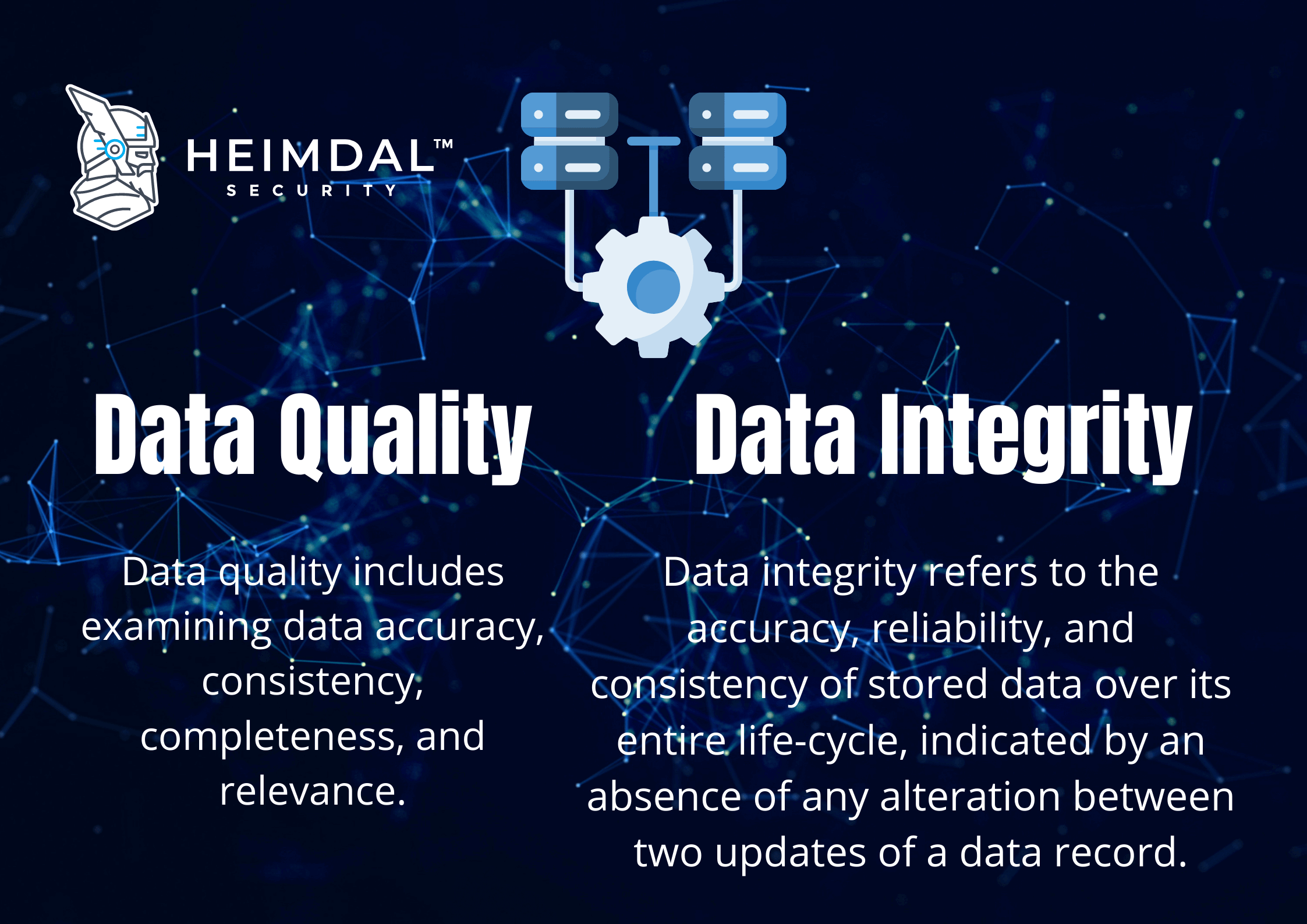Data transmission is akin to a message entrusted to a carrier pigeon, which must navigate through various challenges to deliver its payload securely and accurately. In the realm of information technology, ensuring the integrity of data during transmission is paramount. Integrity, in this context, refers to the accuracy and completeness of information being sent from one entity to another. The process of safeguarding data integrity involves multifaceted strategies that resemble a fortress designed to protect a rich trove of treasures—data packets. To fully illuminate how integrity is guaranteed in data transmission, we can explore several layers of methodologies, protocols, and practices that work together seamlessly.
At the foundation, every robust data transmission system employs checksums and hash functions. These algorithms serve as the sentinels of data integrity, akin to digital fingerprints that accompany the original message. When data is transmitted, a checksum is generated based on the content of the data. Upon arrival at its destination, this checksum undergoes verification against the received data. If discrepancies arise, the data is either deemed corrupt or tampered with, thus alerting the receiving party to the need for retransmission. Similarly, cryptographic hash functions provide a unique hash value for the data, which can be compared upon arrival. If the hash matches, one can have heightened confidence that the data is intact, akin to a sealed letter arriving unbroken at its destination.
Moreover, the implementation of encryption serves as both a protective cloak and a key, ensuring that data is not only transmitted but done so securely. When data is encrypted, it is transformed into an unreadable format, only to be decrypted by authorized receivers equipped with the appropriate decryption keys. This process not only safeguards the data against eavesdropping but also provides an additional layer of integrity checking. Since any alteration of the encrypted data would result in incorrect decryption, it acts as a sentinel, standing guard against unauthorized modifications. Thus, the cryptographic process itself not only preserves confidentiality but indirectly contributes to the overall integrity of the data.
Additionally, protocols such as the Transmission Control Protocol (TCP) play a pivotal role in maintaining data integrity throughout its journey across the internet. TCP operates on a principle reminiscent of a meticulous librarian cataloging and checking out books. It establishes a connection between sender and receiver, segmenting the data into manageable packets, much like chapters in a book. Each segment is tracked, and acknowledgements are exchanged to affirm receipt. If the sender does not receive an acknowledgment, it promptly retransmits the missing packets. This ensures that all pieces of information make it to their destination, preserving the coherent narrative of data integrity.
Checks and balances further bolster this system through techniques such as Sequence Numbers and Acknowledgements. Each packet of data is assigned a unique sequence number, akin to a train car on a railway, ensuring that packets are organized upon arrival. Receivers can detect any missing packets through the sequence numbers, prompting a request for retransmission. This organized approach prevents the chaos of jumbled data flows, maintaining the sanctity of the original message.
Moreover, error-correction codes serve as a safety net for data integrity. These codes allow the ability to detect and correct errors without the need for complete retransmission. Imagine each transmitted packet as a document containing a wealth of knowledge. With the integration of error-correction codes, even if that document encounters minor damage along its route—perhaps from an electronic malfunction—a savvy mechanism can restore the document to its original form. This not only enhances efficiency but also ensures that integrity is maintained throughout transmission, despite the imperfections that may arise in the environment.
In recent years, advanced techniques such as Blockchain technology have emerged as powerful allies in the quest for data integrity. Blockchain creates a decentralized ledger of transactions that is inherently resistant to alteration. Imagine a series of interconnected locks, each requiring a unique key to modify its content. As data is added, it forms an immutable chain that ensures any attempt to alter past entries is evident to all participants in the network. This technology leverages transparency and consensus, aspects that are critical in ensuring the reliability of data transmission in sectors ranging from finance to healthcare.
Finally, the human element—such as policies, training, and awareness—cannot be understated. Organizations must foster a culture where data integrity is prioritized. The principles of integrity must be instilled in every individual handling data. Rigorous training and awareness programs can simulate scenarios where data integrity is compromised, empowering individuals to recognize vulnerabilities and respond proactively. Thus, from the technological frameworks to the human interface, every layer contributes to a robust ecosystem designed to secure data integrity.
In conclusion, guaranteeing integrity in data transmission is a meticulous yet vital endeavor that encompasses a blend of cryptographic mechanisms, robust protocols, error detection methods, and cultural awareness. Each element contributes to the fabric of data integrity, ensuring that every sent piece of information remains a faithful representation of its original form. In an age where information is the currency of power, safeguarding this integrity is not merely a technical requirement—it is an ethical obligation that upholds the pillars of trust in our digital interactions.








Leave a Comment